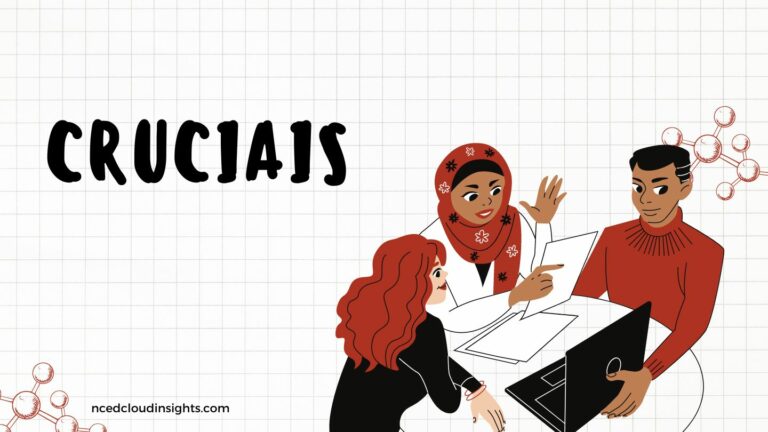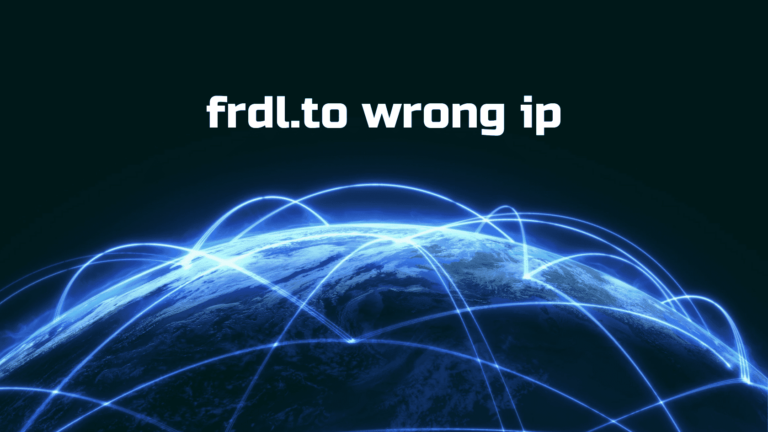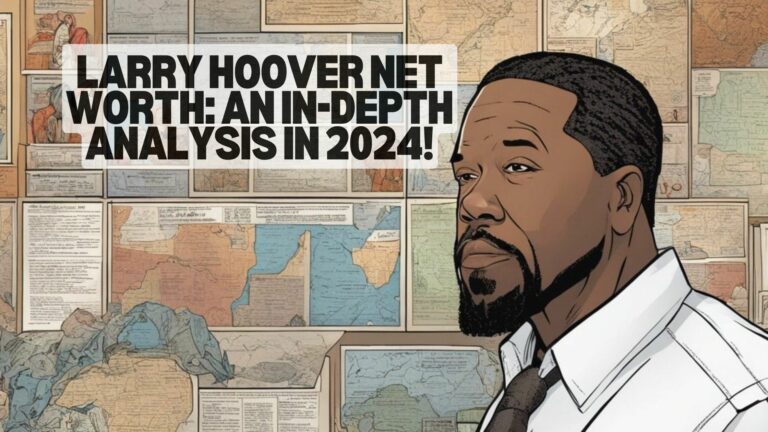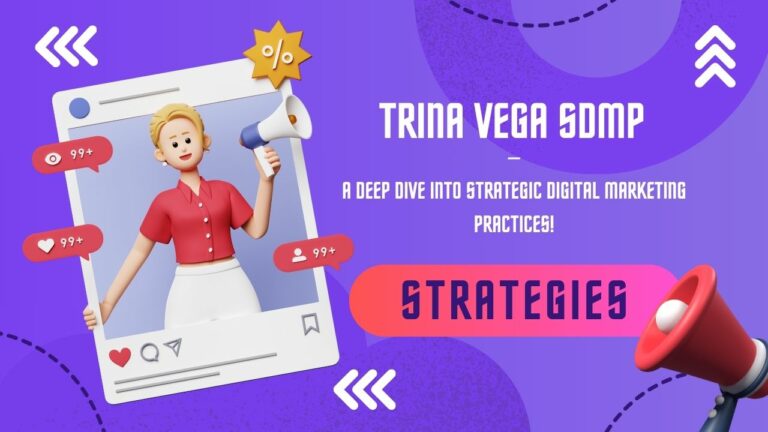Long Chin Characters – A Fascinating Study in Animation and Pop Culture!
In the vibrant world of animation and pop culture, character design plays a crucial role in storytelling and audience engagement. Among the myriad of design choices, one particularly striking feature that has captivated viewers is the long chin.
Character design in animation is a meticulous process that involves crafting visual attributes to convey specific traits and emotions.
In this article, we will delve into the allure of long-chin characters, exploring their origins, notable examples, psychological implications, and cultural significance.
What are long chin characters? – The secrets behind these memorable personalities!
Long chin characters are a captivating aspect of animation and pop culture, instantly recognizable by their exaggerated jawlines. These distinctive features are often used by animators and character designers to convey specific traits and enhance the storytelling experience.
A long chin can symbolize various characteristics, such as strength, authority, and even humour. For instance, superheroes with pronounced chins, like The Crimson Chin from “The Fairly OddParents,” use this feature to emphasize their heroic and larger-than-life personas.
Similarly, characters like Johnny Bravo and Quagmire from “Family Guy” use their prominent chins to enhance their comedic and memorable personas, making them stand out in the minds of viewers.
The psychological and cultural implications of long-chin characters add depth to their roles in narratives. These characters often evoke certain emotional responses and associations from the audience.
For example, a long chin can imply dominance and confidence, traits commonly attributed to both heroes and villains. This visual cue helps establish their roles and influences how viewers perceive them.
Furthermore, long chins are used to highlight unique and exaggerated traits, contributing to the humour and appeal of the characters. As animation and media evolve, the portrayal and significance of long-chin characters continue to adapt, maintaining their relevance and charm in modern storytelling.
The Origins of Long Chin Characters – Discover the artistic roots!
The long chin is a distinctive feature that has been effectively used to define animated characters since the early days of the medium. This exaggerated characteristic can be traced back to caricature art, where artists would amplify facial features to highlight certain qualities or create a humorous effect. By emphasizing traits like strength, arrogance, or foolishness, the long chin became a versatile tool in character design, allowing animators to quickly convey personality traits through visual shorthand.
Early Examples in Animation – character design and storytelling!
Early examples of long-chair characters are prominent in the works of animation pioneers such as Walt Disney and Warner Bros. studios. Disney’s Goofy is a classic character with an elongated face and pronounced chin, which emphasize his goofy, clumsy nature and endear him to audiences.
His exaggerated features make his comedic mishaps all the more entertaining and visually striking. Similarly, Warner Bros.’s iconic villain Yosemite Sam sports a notably large jawline, which accentuates his brash and aggressive personality.
This exaggerated jawline not only underscores his fiery temper and relentless pursuit of Bugs Bunny but also adds a humorous element to his over-the-top villainy. These early examples set the stage for the long chin trope, demonstrating how effective this feature can be in creating memorable and distinctive characters.
Evolution of the Long Chin in Animation – Revolutionization and impact!
As animation evolved, so did the use of the long chin in character design. During the Golden Age of Animation, characters with long chins were often used to distinguish heroes and villains, utilizing the feature to symbolize strength and authority or to caricature human traits.
In the 1960s and 70s, with the rise of television animation, long-chin characters became even more prevalent.
Hanna-Barbera Productions, for example, introduced a host of chin characters, such as Fred Flintstone, whose jawline underscored his stubborn and hearty personality, and George Jetson, whose elongated chin added to his futuristic and whimsical appeal.
The Impact of Long Chin Characters – Modern Animation!
In contemporary animation, the tradition of long chin characters continues, with new iterations and creative uses. Characters such as Mr. Incredible from Pixar’s “The Incredibles” series feature a prominent chin, which complements his superhero persona and emphasizes his physical strength and moral fortitude.
In DreamWorks’ “Megamind,” the titular character’s long chin plays into his supervillain persona, adding to his exaggerated and eccentric appearance, while also providing a comedic element to his complex character.
These modern examples illustrate how the long chin remains a dynamic and influential aspect of character design, capable of conveying a wide range of traits and enhancing the storytelling experience.
Notable Long Chin Characters in Pop Culture!
Long-chin characters have become a prominent feature in both animation and live-action media, often standing out due to their distinctive appearance.
Their exaggerated chins not only make them memorable but also play a significant role in defining their personas within their respective stories.
The Crimson Chin (The Fairly OddParents):
Voiced by Jay Leno, who himself has a notable chin, the character parodies classic superhero archetypes while embracing the exaggerated features commonly seen in comic book art.
Johnny Bravo:
Johnny Bravo, the main character from the animated series of the same name, is easily recognizable by his prominent chin, muscular build, and Elvis Presley-inspired hairstyle.
His long chin enhances his over-the-top self-confidence and vanity, making him a comically endearing figure despite his frequent missteps.
Quagmire (Family Guy):
Glenn Quagmire from “Family Guy” is another character whose extended chin significantly contributes to his design. It highlights his quirky and sleazy personality, often serving as a visual exaggeration of his outrageous behaviour and his catchphrase, “Giggity!”
Dr. Heinz Doofenshmirtz (Phineas and Ferb):
Dr. Heinz Doofenshmirtz, the bumbling villain from “Phineas and Ferb,” sports a long chin that enhances his comedic charm.
His exaggerated facial features, including his notable chin, enhance his ineptitude and make his many failed schemes even more amusing.
Cultural Significance and Symbolism – distinctive feature enhances storytelling!
The long chin in character design carries rich cultural significance and symbolism, varying across different genres and media. This distinctive feature often conveys deeper meanings beyond its visual impact.
Superheroes and Villains:
In superhero stories, the long chin is a prevalent trait for both heroes and villains, each using it to symbolize different qualities. For heroes, a pronounced chin often represents strength, resilience, and moral integrity, embodying their heroic nature and unwavering resolve.
Conversely, villains with long chins may exhibit traits like cunning, ambition, and a dramatic presence, enhancing their larger-than-life personas. This duality allows the long chin to function as a versatile storytelling device, highlighting the contrasting roles of heroism and villainy.
Comedy and Satire:
In the realms of comedy and satire, the long chin serves as a tool for exaggeration and humour.
Characters such as The Crimson Chin and Quagmire use their elongated chins to accentuate their humorous and exaggerated traits, turning their physical features into a visual punchline.
Cultural Variations:
The interpretation of a long chin can vary significantly across different cultures. In some traditions, a prominent chin may be seen as a symbol of wisdom and maturity, reflecting a person’s intellect and experience.
In other cultures, it might be perceived as a sign of stubbornness or assertiveness. These diverse interpretations enrich character design and storytelling, allowing creators to play with and subvert audience expectations based on cultural context.
The Future of Long Chin Characters – captivate and inspire!
The future of long-chin characters in animation and pop culture holds exciting potential. As creators push the boundaries of character design and storytelling, this distinctive feature is set to remain a beloved and adaptable element.
Subverting Expectations:
Creators are increasingly challenging traditional character tropes to surprise and engage audiences. This trend involves placing long-chin characters in unconventional roles or endowing them with traits that diverge from their exaggerated appearances.
Such subversions add layers of depth and complexity to these characters, making them more nuanced and relatable.
Cross-Media Presence:
Long chin characters are expanding beyond their traditional animation roots. With the rise of cross-media storytelling, these characters are now making appearances in comics, video games, and live-action adaptations.
This broader presence facilitates richer character development and fosters deeper connections with audiences across various platforms.
Continued Innovation:
Advancements in animation technology will further shape how long chin characters are portrayed. Whether through hyper-realistic CGI or innovative 2D animation styles, the depiction of long chins will continue to evolve, providing fresh and engaging visual experiences.
This ongoing innovation ensures that long chin characters remain relevant and intriguing in an ever-changing media landscape.
FAQS:
Q1. What defines a long chin character?
A long chin character is marked by an exaggerated chin that emphasizes specific traits such as strength or humour. This feature is often used to enhance their role or personality.
Q2. Why do superheroes often have long chins?
In superhero narratives, a long chin symbolizes strength and moral integrity, making the character appear more heroic and formidable.
Q3. How are long chin characters used in comedy?
In comedy, long chin characters often exaggerate traits for humorous effect, turning their physical features into a visual punchline.
Q4. Are long chin characters only found in animation?
No, long chin characters appear across various media, including comics, video games, and live-action adaptations, broadening their appeal.
Q5. How is technology influencing long chin characters?
Advancements in animation technology, from CGI to stylized 2D graphics, are evolving how long chins are depicted, offering fresh visual experiences.
Conclusion:
long chin characters have cemented their place as distinctive and versatile elements in animation and pop culture. Their exaggerated features not only enhance visual appeal but also convey deeper traits, from heroism to humour. As creators continue to innovate and explore new media, the long chin remains a powerful tool for character design. With evolving technologies and storytelling techniques, these characters are set to remain relevant and captivating, ensuring they continue to engage and entertain audiences across various platforms for years to come.






